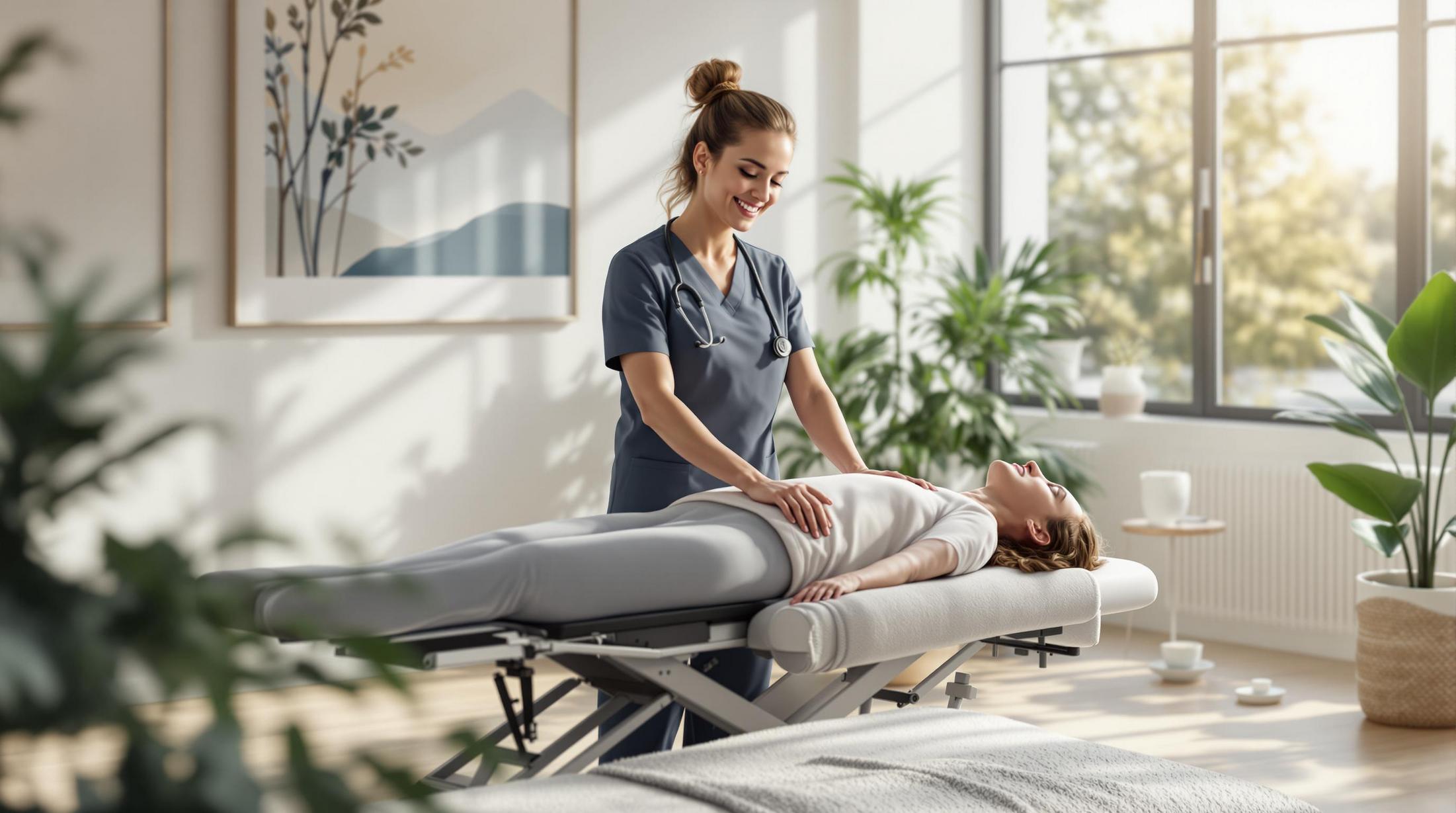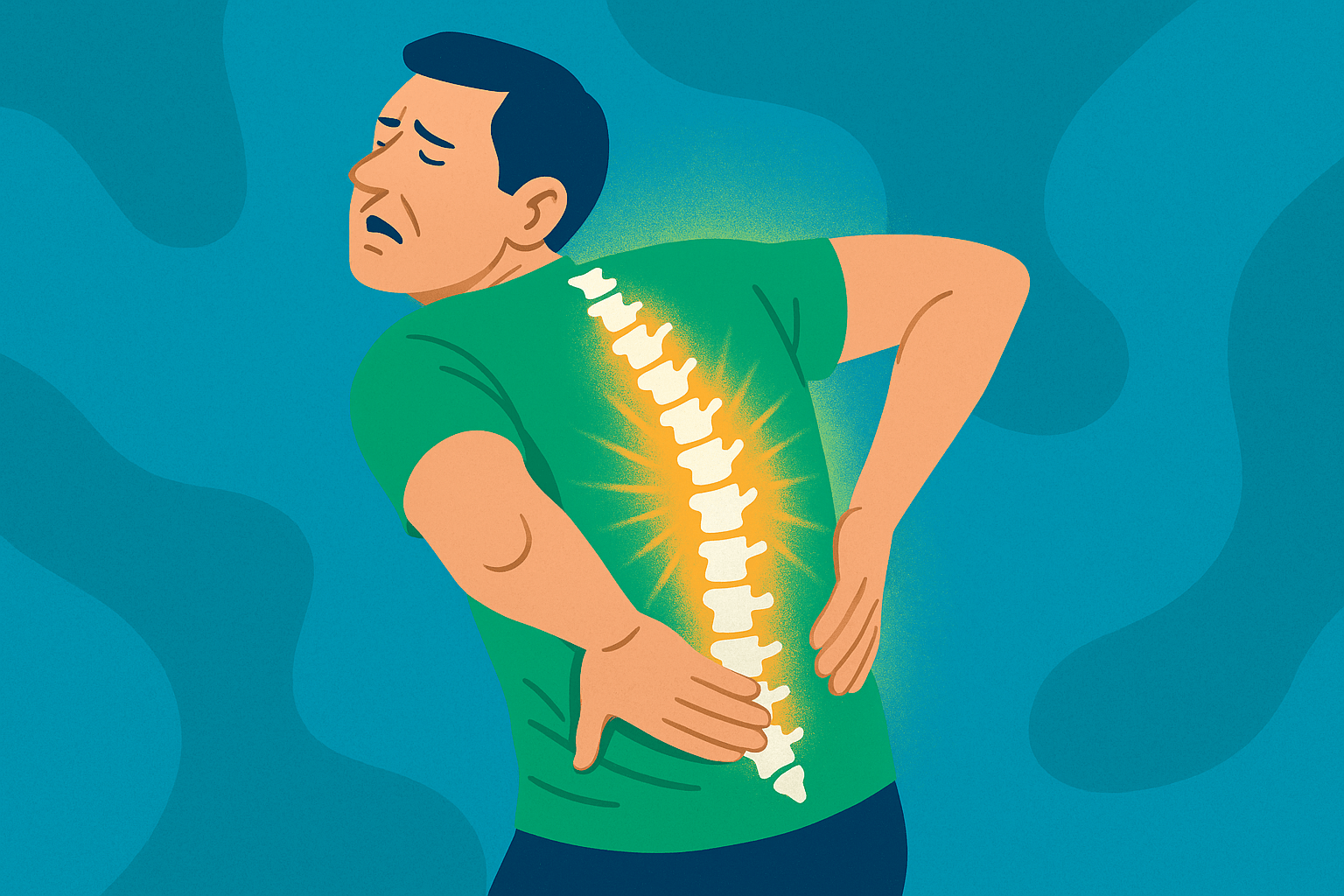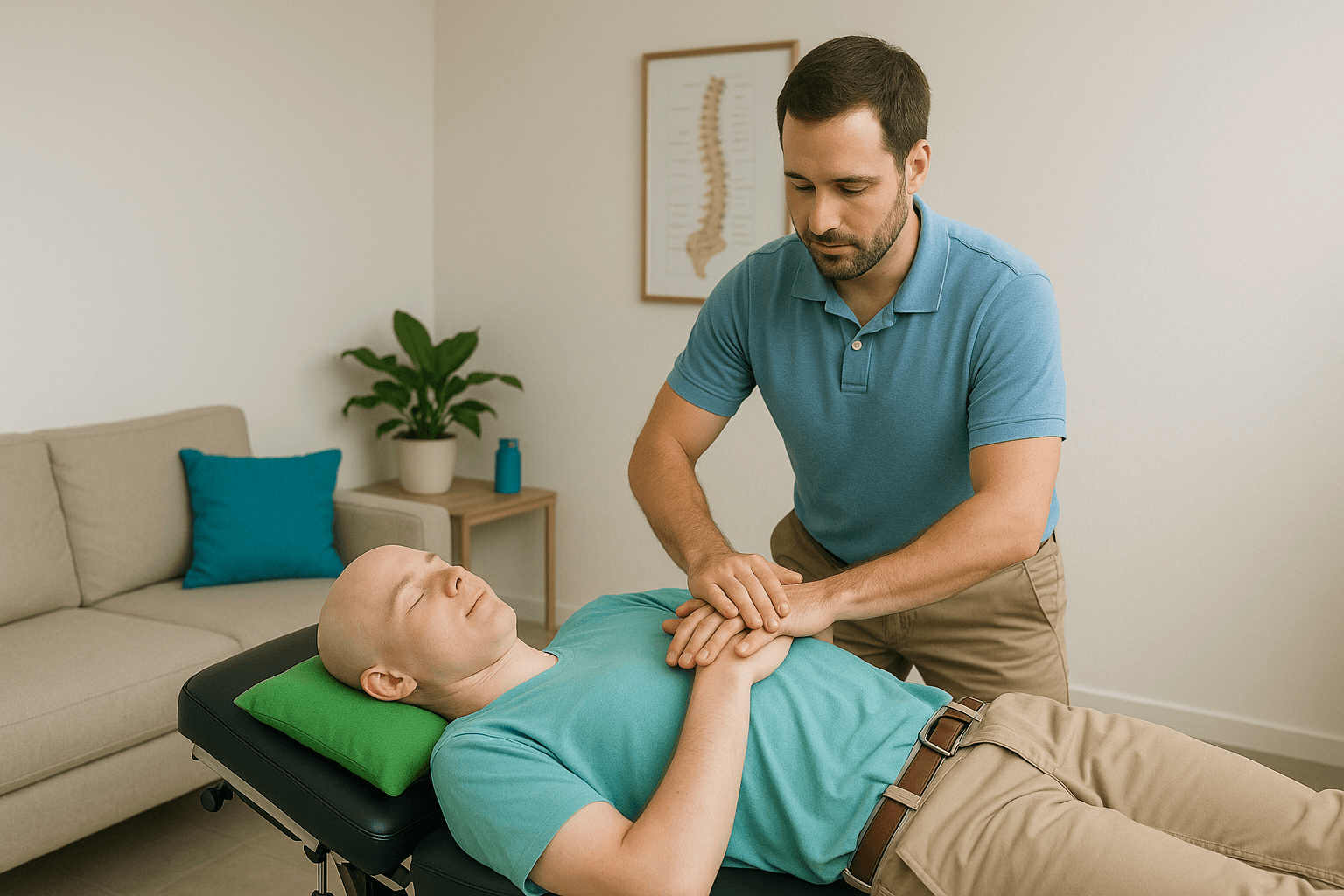You hit the gym for strength, endurance, and confidence—but what if your workouts are silently sabotaging your posture?
It’s more common than you think. From overdoing crunches to ignoring postural alignment in strength training, poor gym habits can lead to chronic pain, misalignment, and long-term health issues. At Upright Posture, we see this all the time: people who work out religiously but suffer from back pain, rounded shoulders, or anterior pelvic tilt—often because their training isn’t balanced with structural alignment.
Let’s break down how to spot these posture-killers and fix them for good.
Jump to:
TLDR – Quick Guide
- Certain gym exercises can worsen posture if done incorrectly.
- Crunches, improper squats, and tech-neck during cardio are frequent offenders.
- Postural issues from workouts can lead to long-term spinal misalignments and pain.
- Techniques like Advanced BioStructural Correction™ help reverse the damage.
- A balanced workout should focus on structure, not just strength or size.
Detailed Breakdown
1. The Problem with Crunches and Sit-Ups
Many gym-goers double down on crunches to get six-pack abs—but excessive spinal flexion without proper balance leads to kyphotic posture (a rounded upper back). This worsens shoulder slouch and neck strain.
Fix it: Replace excessive crunches with core stabilizing exercises like planks, carrys, deadbugs, knee raises and bird dogs, which support natural spinal alignment.
2. Squats: The Silent Saboteur (When Done Wrong)
Squats are a gold-standard move—but done incorrectly, they contribute to anterior pelvic tilt, especially when:
- You hyperextend your lower back
- You lean forward excessively
- You load the spine instead of engaging your glutes and core
Fix it: Use a neutral spine and focus on glute activation. Avoid back squats instead try hack squats or goblet squats. Working with a trained professional can help retrain faulty patterns.
3. Chest Day Overload
Bench presses and push-ups build strength but also pull your shoulders forward if not counterbalanced by back work. Overemphasis on front-body training contributes to rounded shoulders and poor thoracic mobility.
Fix it: For every chest exercise, include at least one row or posterior-chain exercise like chinups, pullups, reverse rows or band pull-aparts.
4. Cardio Tech-Neck
Hunching over your phone while walking on the treadmill or stationary bike creates “tech neck”—forward head posture and cervical spine stress.
Fix it: Keep your head stacked over your spine, and limit screen use during cardio.
5. Ignoring Structural Alignment
Most gym routines ignore spinal structure. Without addressing underlying misalignments, even perfect form can build strength on a crooked foundation. At Upright Posture, we treat clients with strong muscles but compromised structure from years of imbalanced workouts.
Fix it: Consider Advanced BioStructural Correction™ to restore alignment. It’s more effective than massage or stretching alone because it tackles skeletal imbalances head-on.
Key Takeaways
- Your workout might be doing more harm than good if you don’t focus on posture.
- Common posture-wrecking moves include crunches, misaligned squats, and overtraining your chest.
- Symptoms like lower back pain, rounded shoulders, and neck stiffness are red flags.
- Prevention requires corrective strategies and professional assessment, not just self-correction.
- Advanced BioStructural Correction™ is an ideal solution for correcting gym-induced misalignments.
FAQs
1. Can working out improve my posture?
Yes, but only if done correctly. Balanced strength training, especially involving the posterior chain, helps support healthy posture—when combined with proper alignment.
2. Why do I have more back pain after exercising?
If your spine is misaligned, working out can increase compression and tension. Pain often results from repeated movements on an unstable foundation.
3. How do I know if I have bad posture from workouts?
Look for signs like forward head position, shoulder rounding, or an exaggerated curve in the lower back. A postural assessment from a specialist can confirm this.
4. Should I stop exercising until my posture is fixed?
Not necessarily. You can continue exercising but modify your routine under professional guidance to prevent further damage.
5. What makes Advanced BioStructural Correction™ different from other treatments?
ABC™ targets skeletal misalignments rather than just soft tissue symptoms. It realigns your structure to support better movement, posture, and pain relief long-term.






